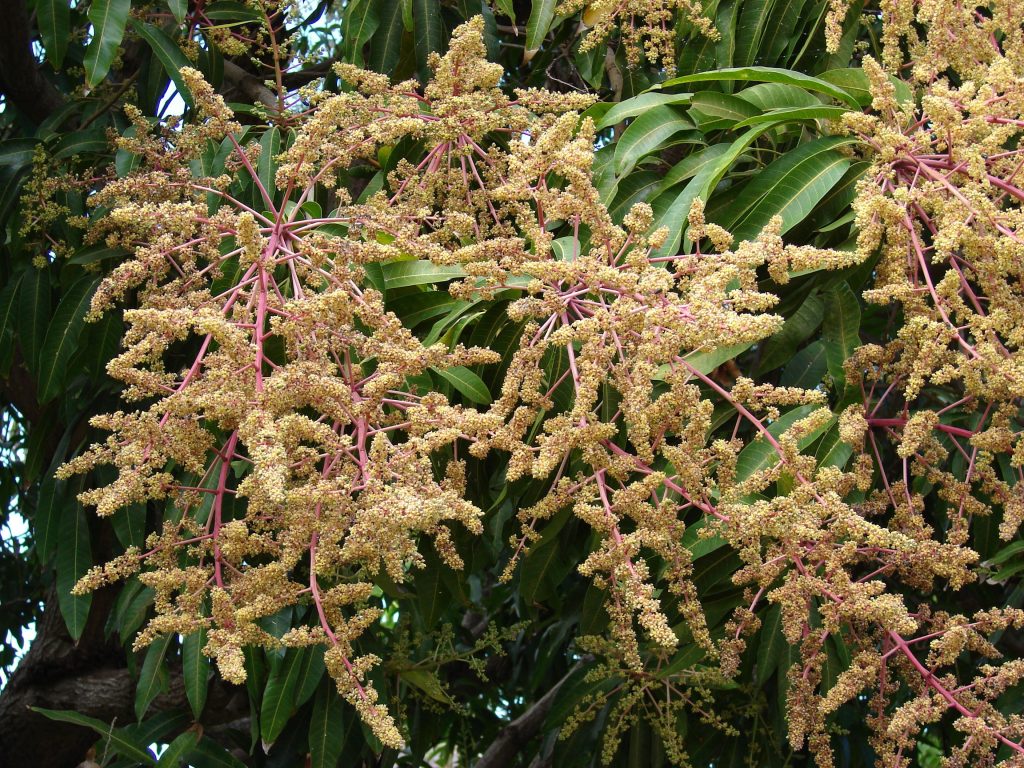We welcome these 3 exotic tree species

Within the Zazamalala forest, we plant only 3 exotic species. The first of the three functions as a great food tree for birds and mammals: Mangifera indica, the famous mango tree with its hand-shaped leaves and large fleshy sweet fruits. The others two are used for reforestation because they grow very fast, produce a lot of shade and diminish the spreading of bush fire.
The second species is called the Elephant-ear tree (Enterolobium cyclocarpum). This is the national tree of Costa Rica and it has many advantages. The tiny leaves are consumed by many animals, it fixates nitrogen into the ground, and its timber is useful for construction. But most importantly, it produces a lot of shade on the ground, so grass and weeds do not grow underneath the trees and do not burn in the case of a bush fire. Moreover, the fallen leaves change relatively quickly into humus.
The last species is the Albizia saman, the Rain tree or Mampomehy in Malagasy language. The long fruits contain a lot of sugar and are eaten by children and animals. It is a beautiful forest tree with numerous qualities, just as Enterolobium. However, Zazamalala aims to restore the Malagasy forest and this means that all exotic trees are logged after 20-30 years. By that time, the slowly growing Malagasy trees have taken over and a original Malagasy forest remains.